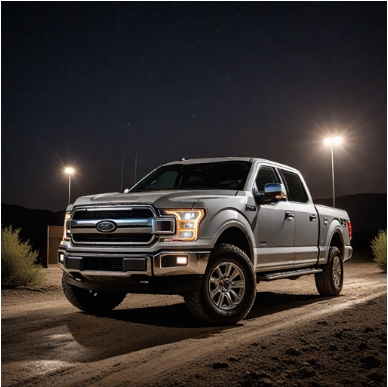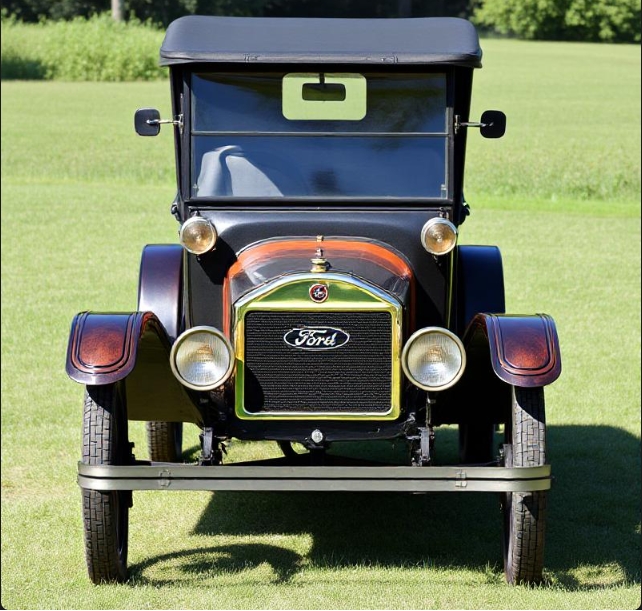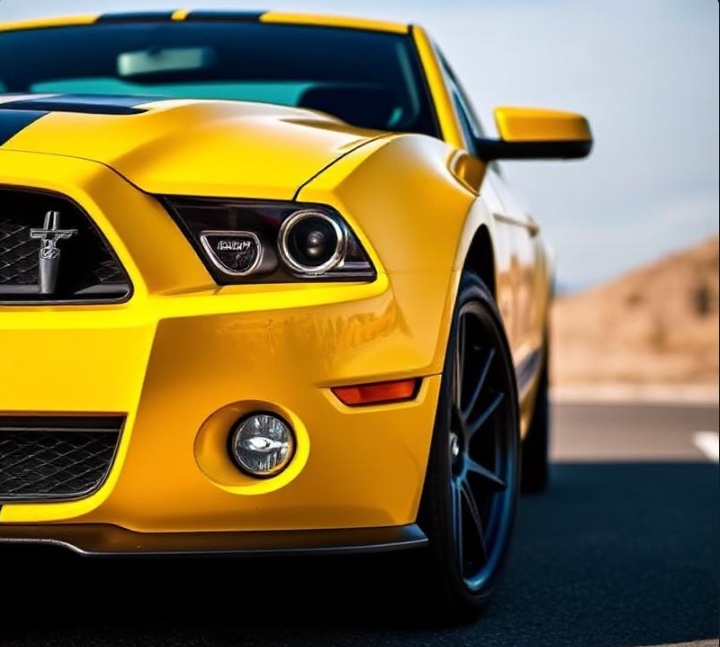The Evolution of the Renault Alaskan
The Renault Alaskan represents Renault’s strategic entry into the global pickup truck segment, blending the French automaker’s signature design and engineering with the rugged versatility demanded by pickup consumers. Since its inception, the Alaskan has undergone several evolutions, reflecting technological advancements, market trends, and Renault’s expanding global footprint. This article provides a detailed chronological overview of the Renault Alaskan, including production years, model variants, trim levels, and notable features.
Introduction and Market Context
Launched in 2016, the Renault Alaskan was developed to compete in the highly competitive midsize pickup segment, targeting markets in South America, the Middle East, Australia, and Europe. Built on the Nissan Navara (D23) platform—reflecting Renault’s strategic alliance with Nissan—the Alaskan was designed to combine Renault’s distinctive styling with the durability and performance expected of a pickup truck.
Initially, the Alaskan was introduced primarily for markets outside Europe, with production facilities in Thailand and South America. Its design and features aimed to appeal to a broad spectrum of consumers, from commercial users to adventure enthusiasts.
Production Timeline and General Overview
2016: Renault officially announced the development of the Alaskan, unveiling concept sketches and confirming plans for production. The vehicle was designed to share platforms and components with the Nissan Navara, allowing for efficient manufacturing and parts sharing.
2017: The Renault Alaskan was officially launched in select markets such as South America (notably Argentina and Brazil), Australia, and Middle Eastern countries. Production commenced in Thailand at Nissan’s plant in Henry, Rayong.
2018-2023: The Alaskan continued to expand its presence, with incremental updates and new trim offerings. It became a key model in Renault’s global utility lineup.
2024 and Beyond: Renault announced plans for further updates, including technological enhancements and new variants, to bolster the Alaskan’s competitiveness.
Model Variants and Trim Levels Over the Years
Throughout its production run, the Renault Alaskan has been offered in a variety of trims tailored to different markets and customer needs. The nomenclature and features have evolved over time, often reflecting regional preferences and regulatory requirements.
2016-2018: Introduction and Initial Offerings
Market Launch: The Alaskan was introduced mainly in South America, Australia, and the Middle East. The initial models were based on the Nissan Navara D23 platform, emphasizing reliability and durability.
Trim Levels:
- Express (or Base): Entry-level trim, focused on utility with minimal features, manual transmission, basic interior, and no adornments.
- Pro: Mid-range offering, added features like air conditioning, power windows, and improved interior materials.
- Premium / Platinum: Top-tier trims included leather upholstery, touchscreen infotainment systems, alloy wheels, fog lights, and additional safety features.
Engines:
- 2.3-liter dCi Turbo Diesel: The primary engine offering, with outputs ranging from approximately 160 to 190 horsepower depending on the market and tuning.
- Transmission options: 6-speed manual and 7-speed automatic transmissions, depending on configuration.
Features:
- Rearview camera
- Bluetooth connectivity
- Cruise control
- Dual airbags in higher trims
- Tow hooks and off-road capabilities in certain models
2019-2021: Mid-Cycle Updates and Expanded Variants
Facelift and Feature Enhancements: While the Alaskan’s fundamental design remained consistent, Renault introduced minor aesthetic updates such as revised grille designs, new LED lighting options, and interior improvements like better infotainment systems.
New Trim Levels:
- Limited Edition / Special Series: Some markets received special editions featuring unique badging, exterior accents, and additional equipment.
- X-Track / Off-Road Packages: Off-road-oriented variants with enhanced suspension, skid plates, and all-terrain tires.
Technological Upgrades:
- Introduction of Renault’s latest infotainment systems with smartphone integration (Apple CarPlay and Android Auto).
- Enhanced safety features, including lane departure warning, emergency brake assist, and parking sensors.
Engine Variations:
- Continued availability of the 2.3-liter dCi engine, with some markets offering a more powerful 190-hp version.
- Transmission options expanded in some regions to include 7-speed dual-clutch automatics.
Market-Specific Models:
- In Australia, the Alaskan was positioned as a versatile workhorse with multiple cab configurations and trim levels.
- In South America, emphasis was placed on robust, utilitarian models suited for both commercial and leisure use.
2022-2023: Further Refinements and Special Editions
Design Refresh: Although the Alaskan received minimal exterior changes, Renault focused on refining interior quality, adding new trim accents, and improving comfort and tech features.
Trim Lineup:
- RX: Base models with essential features.
- RXT: Mid-tier with upgraded infotainment, alloy wheels, and additional safety.
- RXT Plus / Platinum: Fully equipped models with premium interior materials, advanced safety suites, and convenience features.
Special Editions:
- Black Edition: Featuring black exterior accents, unique wheels, and interior styling.
- Off-Road Pack: Enhanced suspension, skid plates, and off-road tires for adventure-focused consumers.
Powertrain and Performance:
- The 2.3-liter dCi engine remained the staple, with some markets offering a 2.5-liter gasoline engine for specific niches.
- Transmission offerings continued with 6-speed manuals and 7-speed automatics, depending on regional preferences.
Technological Advancements:
- Integration of Renault’s latest driver assistance systems.
- Improved payload capacities and towing capabilities, aligning with customer expectations.
We LOVE cars & cruising around, but sometimes day trips to explore new cities are required (with family or friends) for a spice of variety in your life!
So GO explore!
Cruises & Day/Night City Tours to: Baltimore, Boston, Chicago, Marina Del Ray, New York, Niagara, Philadelphia, San Diego, San Francisco, Toronto, Washington DC, etc.:

.
Regional Variations and Market-Specific Models
South America: The Alaskan became a popular choice for small to medium-sized businesses and hobbyists. The lineup included the basic Pro and Express models, with higher trims like the Platinum offering luxury and tech features.
Australia: The Alaskan was positioned as a versatile work and leisure vehicle, with multiple cab styles and off-road packages. The RXT and RXT Plus trims were popular among consumers seeking a balance of capability and comfort.
Middle East: Emphasized durability and off-road performance, with models equipped with off-road packages and enhanced suspension.
Europe: Entry into the European market was limited, with Renault primarily focusing on niche markets and fleet sales. The European offerings featured similar trims but with a focus on emissions compliance and safety.
Notable Features and Technological Innovations
Over its production lifespan, the Renault Alaskan has incorporated numerous technological advancements:
- Safety: From basic airbags to comprehensive safety packages including electronic stability control, hill descent control, and lane assist.
- Connectivity: Infotainment systems with touchscreen displays, smartphone mirroring, and navigation.
- Comfort: Improved seat ergonomics, climate control systems, and sound insulation.
- Performance: Enhanced suspension setups for better ride comfort, improved towing capacities, and off-road capabilities.
Future Outlook and Potential Developments
As of 2024, Renault has announced plans for a facelift and potential powertrain upgrades to meet evolving emission standards and market demands. There is speculation about hybrid or electric variants, aligning with global trends toward electrification.
The Alaskan’s future may also see increased localization in production, expanded markets, and additional trim levels to cater to specific regional needs.
Conclusion
The Renault Alaskan stands as a testament to Renault’s strategic expansion into the pickup segment, leveraging platform sharing with Nissan and incorporating regional customization to meet diverse market needs. From its initial launch in 2016 through its updates in subsequent years, the Alaskan has evolved through incremental improvements in design, technology, and trim offerings, maintaining its relevance in a competitive segment.
While it remains relatively niche compared to segment leaders, the Alaskan’s blend of rugged performance, modern features, and Renault’s signature styling continues to appeal to consumers seeking a versatile pickup capable of handling both work and leisure pursuits. As Renault continues to innovate and adapt, the Alaskan’s evolution is likely to persist, embracing new technologies and expanding its global footprint in the years to come.







